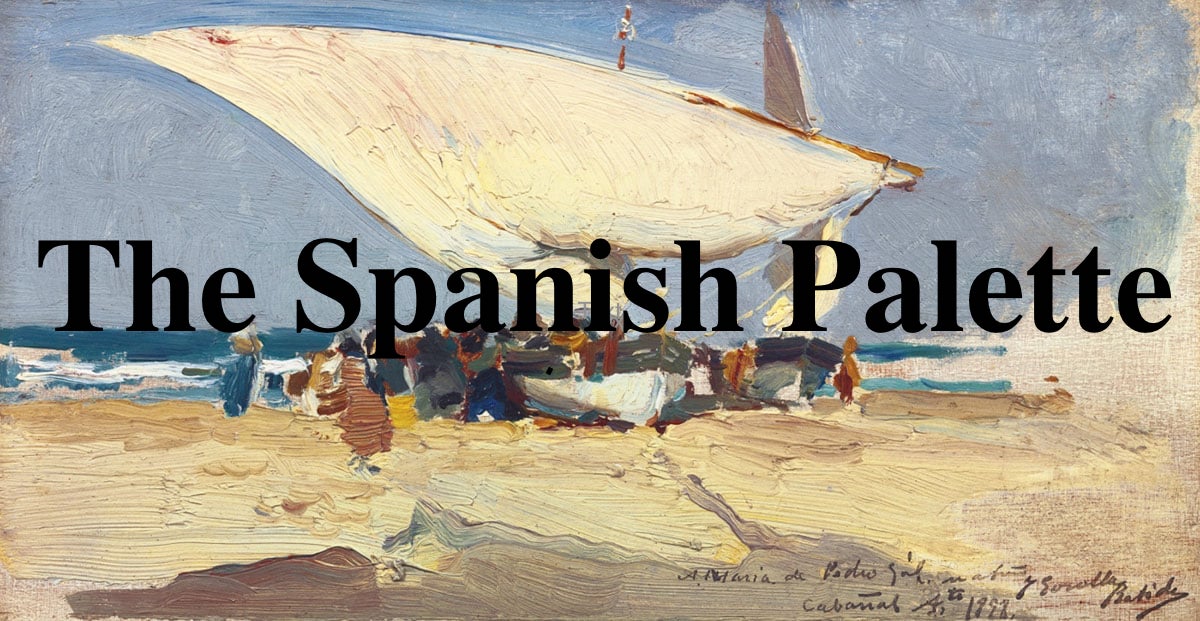The Enigma of William Tell - Dali's Lenin
In Salvador Dalí's painting, "The Enigma of Wilhelm Tell," there is more than meets the eye. While the central figure initially appears to be the Swiss hero William Tell, a closer look reveals the substitution of Communist leader Vladimir Lenin. Both Tell and Lenin represented authoritative figures that Dalí aimed to rebel against, including his own father. Dalí's portrayal of Tell/Lenin is far from flattering, with the right buttock exaggerated to an extraordinary length, likened to "a breakfast roll with its end held up by a forked crutch." Whether this signifies calling them buttheads or implying impotence is subject to interpretation, but one thing is clear: flattery is absent.
The famous tale of William Tell involves his courageous act of shooting an apple off his son's head with an arrow, defying the Duke of Austria's demand to remove his hat. This act of defiance and subsequent murder of the bailiff ignited a revolution leading to Switzerland's independence. Tell holds great significance for the Swiss people, being viewed as an unspoken father-figure, with even references to "William Tell time." The Swiss hold a deep admiration for Tell, fiercely protective of his legacy.
During the time Dalí painted this work, Lenin was seen as a comparable father-figure by the surrealists, many of whom sympathized with communism. When the other artists saw Dalí's painting, they attempted to destroy it, disliking his depiction of the human buttocks. This incident led to a mock-trial orchestrated by André Breton, aiming to banish Dalí from the group. However, Dalí's defiant response, including spitting through a thermometer and asserting that Lenin's buttock was a testament to his fidelity to surrealism, left the surrealists divided rather than excluding Dalí.
In summary, "The Enigma of Wilhelm Tell" challenges viewers with its intriguing portrayal of William Tell replaced by Lenin. Dalí's rebellious nature and provocative art sparked controversy among the surrealists and led to his diverging path within the group. The painting invites us to question authority, explore subconscious symbolism, and contemplate the complex relationship between father-figures, rebellion, and artistic expression.



Comments
Post a Comment